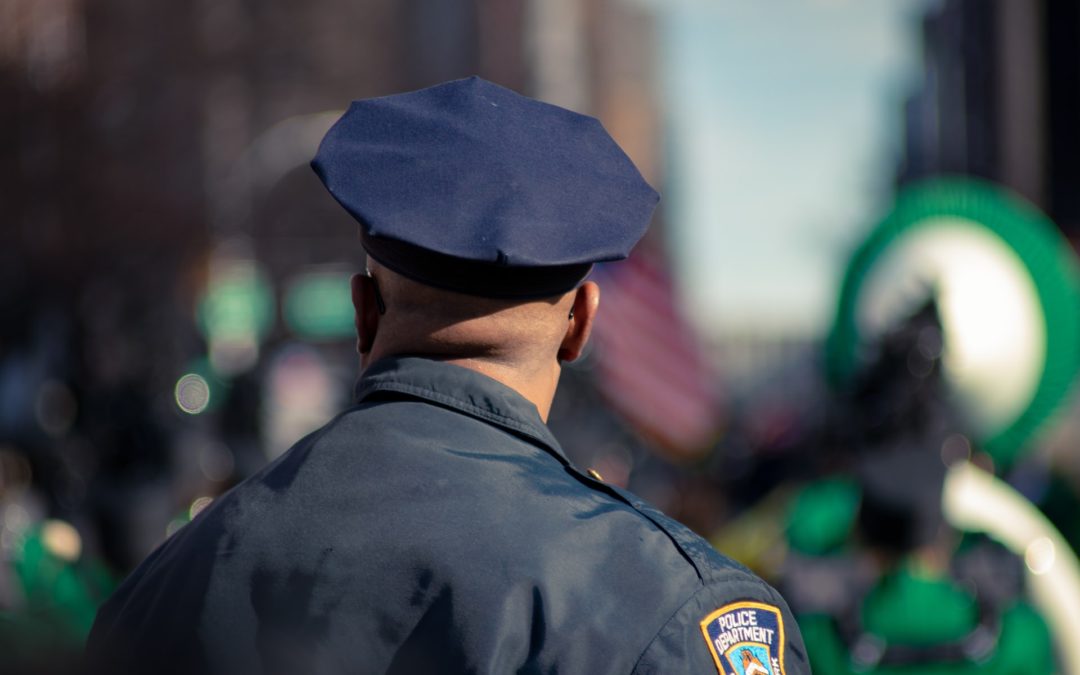Defunding police is not the answer to the current racial divide gripping our nation. If there are problems with policies or behaviors in particular departments, address them accordingly. Having been around the justice system for the better part of 20 years, I’ve seen wholesale changes tried multiple ways. It’s easy to see where the problems manifest themselves and then try to fix it at that point. Police and DCF are common targets because they are the ones on the front lines of failures that occurred years or even generations before. Well meaning advocates tend to step in and fix the problems of disproportionate minority contact in these areas. I’ve seen what doesn’t work by the time an issue with the person reaches the police or DCF. They’ve probably gone through half a dozen other agencies during the course of their life. Things have happened that have essentially set them on the wrong path years before. Often the process started before their lifetime. And yes, many time things happen to people of color simply by being non-white. We need to fix the problem, not the symptoms. It helps if we learn from history.
Back to the 70s
Beginning in 1977, a different call for de-funding took place. This was in the area of mental health facilities. Movies like One Flew Over the Cuckoos Nest highlighted the deplorable conditions at many mental hospitals. Under President Carter, people were de-institutionalized on a large scale. The Mental Health Systems Act of 1980 created a model of community health, availability of applicable medications outside of a clinical setting, and restored many people to a normal life. Sounds like a great idea.
Most of the plan didn’t last the first year of the Reagan administration that followed, but the real damage was already done. Forty years later, we still live with the fallout of this failed initiative – homelessness. Just because someone shouldn’t be locked up 24/7 doesn’t mean they have the ability to live in society on their own. Between mental health issues, drug and alcohol and criminal histories, they don’t fit into the standard model for society. Even community-based services don’t fully address the needs of this population. Wholesale de-funding generally creates a real-world version of whack-a-mole. You just end up replacing one problem with another.
Systemic Failures
In both the current situation and mental health situation of 40 years ago, we are dealing with individuals that have been failed by the system for the better part of their life. Conceptually, the concept of more money for social services and diversionary programs absolutely makes sense. But it becomes an issue of robbing Peter to pay Paul when you start looking at defunding police to pay for social programs.
When you pull funding away from police departments at this time, you are just shifting problems. This is a long-term systemic problem that is been built on over decades of government programs. We’re at a point where we’ve got to rethink the whole system of public and private services. Defunding police department X or all the police departments is not a realistic idea. That’s not to say there shouldn’t be a long-term strategy to overhaul our approach to police services. In light of recent events, we need to have a thoughtful and well thought out discussion about ways to improve policing. Defunding police is like viewing amputation as a weight loss strategy. The problem is you’re not going to fix the problem or systemic racism simply by addressing police services. So what are some long term strategies that communities can try besides defunding?
Women Make a Difference
We have a view of bouncers as being former football players that can literally throw someone out who might be causing trouble. Many high-end night clubs actually employ women who clearly don’t have the physical strength to physically remove someone from the premises. They are typically able to de-escalate situations and remove individuals without resorting to violence. Police departments with higher percentages of women officers are less likely to have arrests turn violent and they have a lower rate of lethal force as well. Having a larger percentage of female officers also helps curb behaviors that often present themselves in predominantly single sex environments.
Hospital Trespassing
Most of us don’t see the late-night police calls to the ER when patients with mental health or drug issues refuse to leave the hospital. The average person can’t wait to get out of the hospital, but the opposite is true for a lot of their frequent patients. Sometimes they want food or drugs. Other times they think the hospital has kept their belongings and want them back. Many hospitals call the police and file trespassing charges against the individuals regardless if whether they are violent or not. Legacy Health in Oregon is the latest health provider to change their policies on patients who won’t leave. By only pressing charges against violent patients, the number of arrests at hospitals can be lowered significantly.
Community Integration
Many police departments are caught in an us vs them drama that may be a perception or may actually be part of their culture. True or false, this is the drama that is played out in the media. The more integrated police are in their community, the less likely they are to be viewed as being on a particular side. Many communities offer incentives for police and fire personnel to live in their communities. This increases interactions and puts a name and face both on the uniform and the people they serve. Peoria, Illinois has started including police recruits almost as interns, learning the different parts of the city. They spend time working in public works, housing and working with non-profits before they ever put on a uniform. They learn about the community, and the community gets to know them as well.
Remember Change Takes Time
The biggest problem of simply defunding police is that it is a knee jerk reaction to public pressure. These never go well, and usually are reversed within an election cycle or two. If everyone could take a breath and start looking at incremental changes, we would all be better off. There are some great ideas that work well in some communities, that may or may not work in yours. Measure things like numbers arrests at hospitals, Average response time for police and ambulance services, hours of racial and sexual harassment training, percentage of women officers, etc.
Start by changing the things that aren’t working on a small scale and see where it goes. Many of the things that work the best, like updating policies around arrests, training, community involvement and hiring practices don’t change the structure of police departments. They just change the culture and the interaction with the community. In many cases they also save money.
Rather than just reacting to protesters, community leaders owe it to themselves to take the time to come up with a realistic strategic plan for law enforcement services in their community. This doesn’t need to take the better part of a year to complete. Even without the protests, enough things have happened in 2020 to change life as we know it. It’s probably time to rethink a few things anyway. Take a deep breath. Set aside some time to look at the issues. And develop a thoughtful plan forward.


